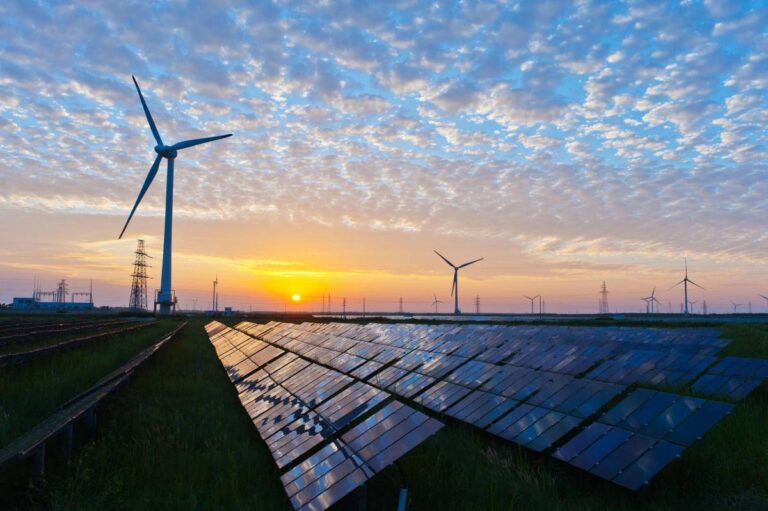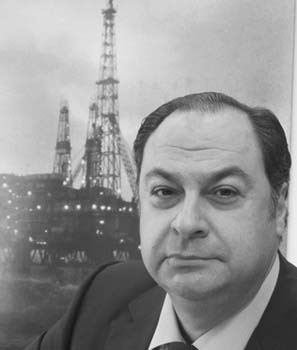Electrification and urbanisation will drive growth in copper

The long-term growth drivers of copper
The green transformation will electrify the global economy as cars go electric and more homes in colder areas will switch from natural gas as heating source to that of air to water heat pumps. In warmer parts of the world we will continue to see an acceleration in air conditioners to cool homes. The main usage of refined copper is for electrical applications, but it is also used in housing (pipes and fittings), cars, telecommunication and industrial machines. Copper has the second highest thermal conductivity at room temperature among pure metals and is thus the preferred metal used in electrical applications. As the world electrifies in the name of the green transformation and rapid urbanization continues in Asia, Africa, and South America, copper will continue to enjoy strong annual growth rates.
How to get exposure to copper?
Copper has been rebranded as a green metal because of its importance for the green transformation and investors are increasingly asking us how to invest in copper. The most direct way is of course to invest in high grade copper futures on COMEX (part of CME Group) with the current active contract being the Mar 2022 contract (Saxo ticker: HGH2), but the contract has a contract value of around $106,537 at current level making it inaccessible to most retail investors. One could also invest through CFD on futures (Saxo ticker on the Mar 2022 is COPPERUSMAR22) where the investor could buy 100 pounds of copper instead of 25,000 pounds in the futures reducing the contract size to $425. However, getting exposure through CFDs and futures the investor must regularly roll the contract to the next active contract, and the investor could also incur financing cost increasing the drag on performance. The chart below shows the continuous futures contract on high grade copper since 2002.
Few miners offer pure exposure to copper
Another way to get exposure to copper that removes the difficulties of rolling futures or CFD contracts is to invest in mining companies that extract or refine copper. The table below shows 16 mining companies with exposure to copper with Codelco, the largest copper producer in the world, absent from the list as the Chilean miner is only listed in Chile and thus not investable for our clients. The copper mining industry has delivered a median total return in USD of 132.6% over the past five years beating the global equity up 105% in the same period. The rising copper prices the past year driven by investors positioning themselves in green metals (defined as metals that will play a key role in the green transformation) which in turn has pushed up revenue in the industry by almost 40%. Sell-side analysts are generally bullish on copper miners with a median upside of 16% from current levels. In our view investors should select one or two copper miners to get exposure and avoid the ETFs on the industry as they are too broad-based and lack the pure exposure profile needed to play the copper market.
As the table also show, there is no such thing as pure exposure to copper except for futures, options and CFDs on the underlying copper. The miner with the highest revenue exposure to copper is Antofagasta with 84.8% revenue share from copper extraction and refining. Most copper miners also extract gold and silver as part of their copper operations. Out of the 16 copper miners in our list, only 6 of these miners have more than 50% of revenue coming from copper extraction and refining.
Outlook and risks
High grade copper futures have been range trading for more than half a year as slowing demand out of China due to a slowdown in housing construction has weighed on the demand side. On the positive side inventories have been tight in copper which has helped support the copper price and the global pipeline of new copper mines, but also potential tax charges in Chile and Peru (roughly around 40% of global supply) could negative impact supply and keep copper prices high. The annualized growth rate in global refined copper demand has been around 3% in the period 2009-2020.
China has for many years been the key driver of demand growth for copper, but going forward electrification (electric vehicles and air-to-water heat pumps and urbanization in India will begin to play a bigger marginal role on demand creating a more steady and diversified demand picture. In 2022, demand outside China will be driven by construction, grid infrastructure, and transport. Another risk to copper demand is significantly higher interest rates next year as that would curtail growth in construction which is interest rate sensitive.








